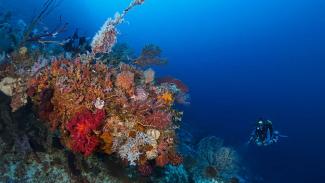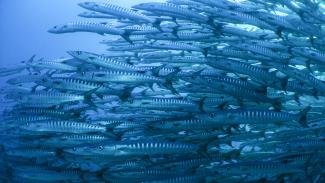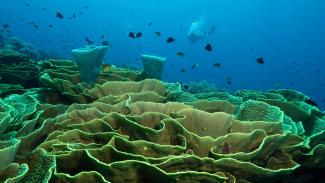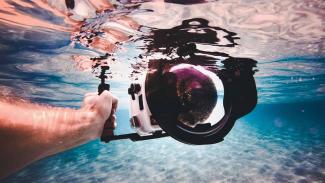
Jakob Owens
Buying all the kit to allow you to take photos underwater is not cheap, so you need to make your equipment lasts the test of time.
One of the major and most vital expenses is your underwater housing. Housings are often fragile and can require a lot of care and attention though. So what should you be doing to look after your housing and to make sure it has a happy and healthy life?
Follow our step by step guide guide to underwater housing care to discover how to get the most out of your set up, extend it's life and keep it safe from harm.
Dive day care
Ensure your underwater housing is kept somewhere protected at all times. If you are on a dive boat, make sure it is safe from rolling on to the floor and well away from the dive deck.
Try to keep your housing out of the sun. Direct sunlight can damage your housing and in the short term will increase the chance of your underwater housing overheating and the lens fogging up.
Try to avoid exposing your camera to temperature extremes, especially if it is a plastic housing and this can damage and weaken the plastic.
If you can, avoid entering the water with your camera, have it passed down to you instead once you have entered the water. If it is not possible to do this, make sure you can protect the camera from the main impact of hitting the water. If entry and exit to the water is difficult, consider leaving the camera behind - there will always be another dive that you can take it on.
As you descend on a dive, check your camera carefully. If you notice any bubbles coming from the housing, abort the dive and surface with the camera.
Use a strong lanyard or cord and ensure the camera is fixed to you at all times when you are in the water. It's also a very good idea to keep the camera attached to you until you are ready to climb back on the boat. If you drop the camera while swimming on the surface, it may be impossible to retrieve it.
When exiting the water, pass the camera up to somebody on board first. As soon as you are on board, make sure your camera is in a safe place, well away from tanks and divers and out of the sun.
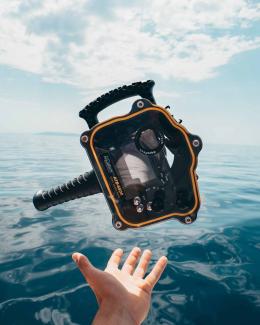
Oliver Sjostrom

Wuestenigel
You might also enjoy...
Wakatobi
The islands that make up the Wakatobi chain have some of the world’s best diving with atolls, walls, fringing reefs, sea mounts & a barrier reef contributing to the almost limitless diving opportunities.
The national park comprises of four main islands, Wangi Wangi, Kaledupa, Tomea & Binongki (thus the name WaKaToBi) the reach out from the south-eastern tip of Sulawesi.
Dummie's guide to camera kit
Jakob Owens
Do you struggle to know your arm from your socket, your port from your bracket, your flash from your fisheye and your light from your lens?
Well, you're not alone. Underwater photography has it's own dictionary of parts, accessories & technical terms and it's tough to sound like an expert.
Getting technical
Christian Gloor
Have you ever found yourself diving on a reef wall and wondering what lurks in the depths below? Or longed to spend more than a few fleeting moments exploring a mysterious & historic shipwreck?
Then maybe technical diving is the sport for you. Increasing numbers of divers, eager to explore beyond the bounds of recreational limits, are taking an interest in technical diving.
Underwater photography etiquette
Tara North




